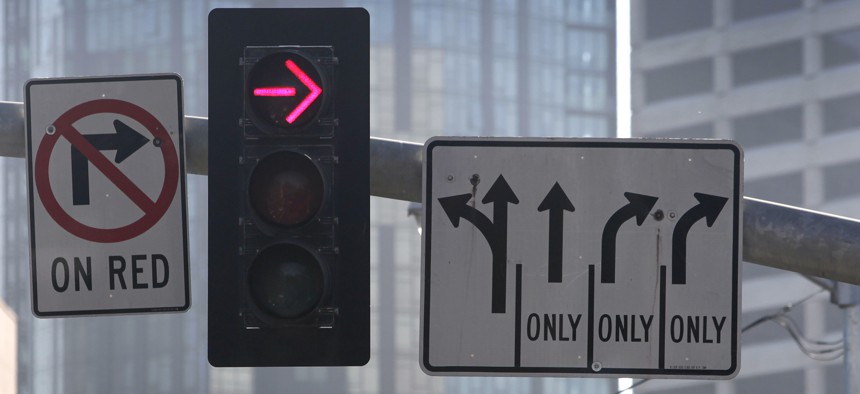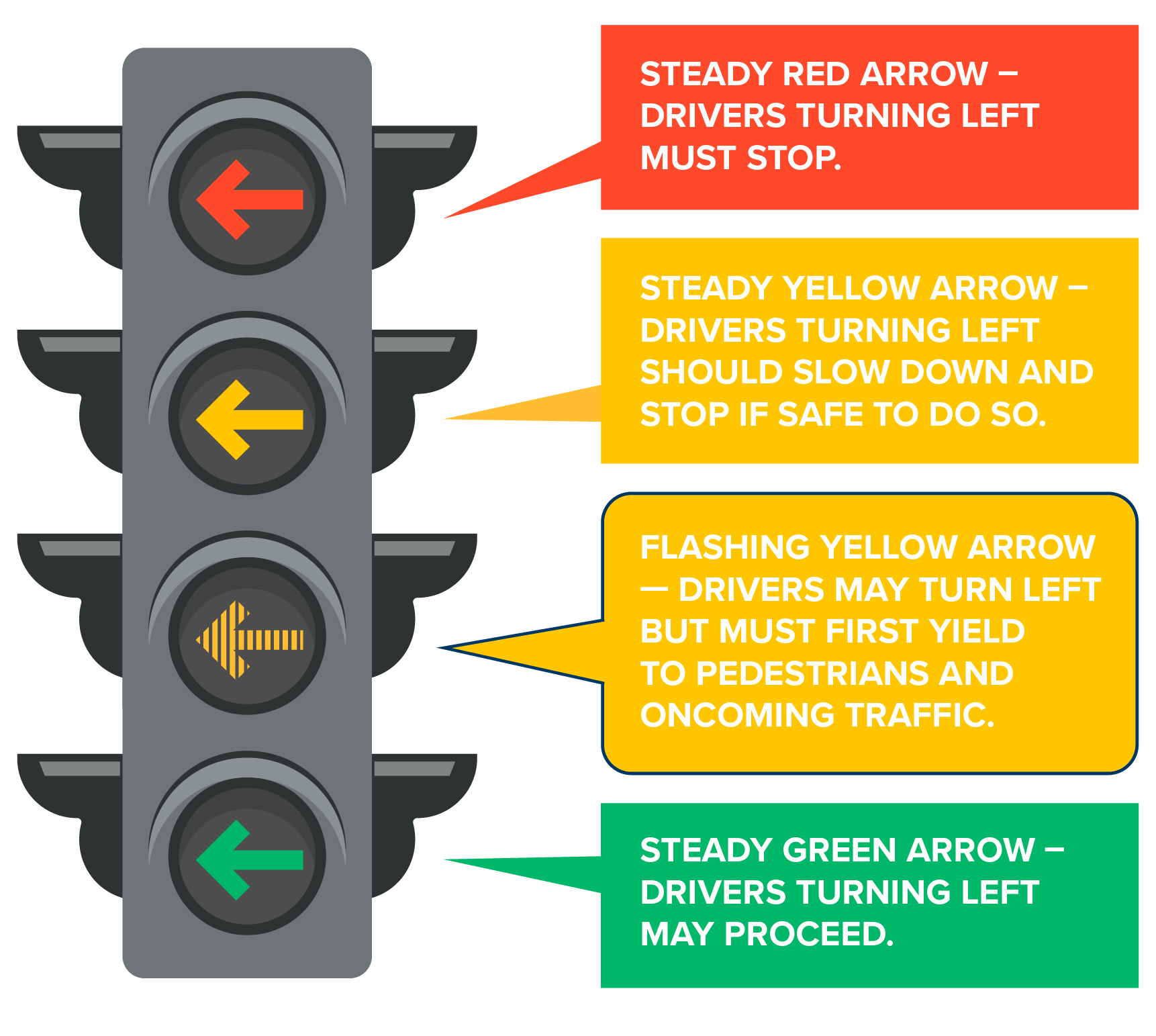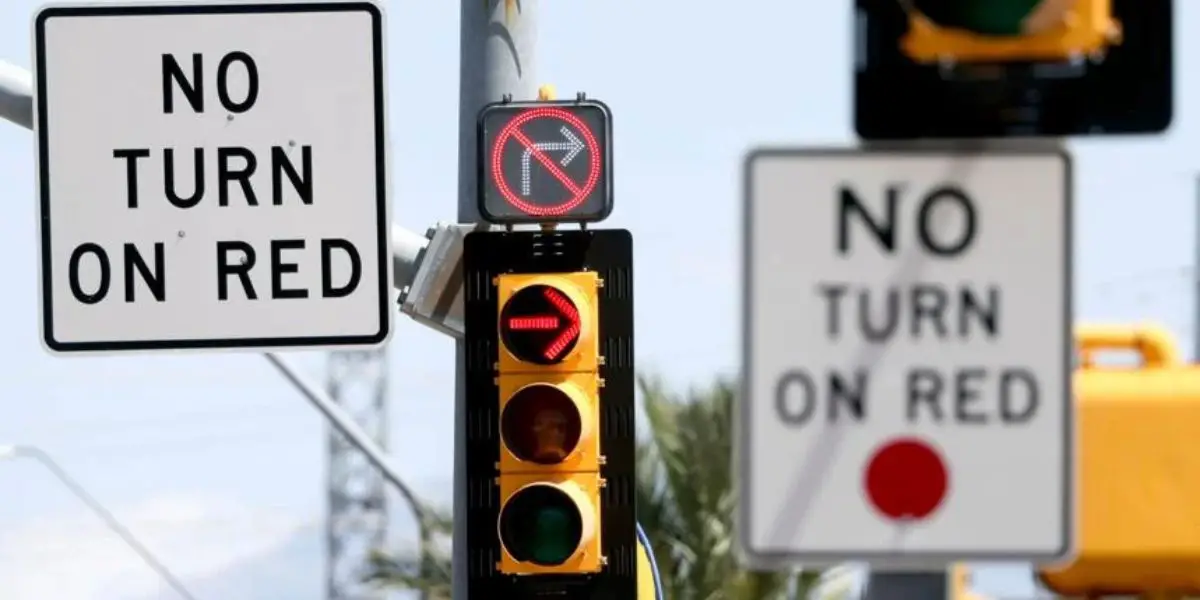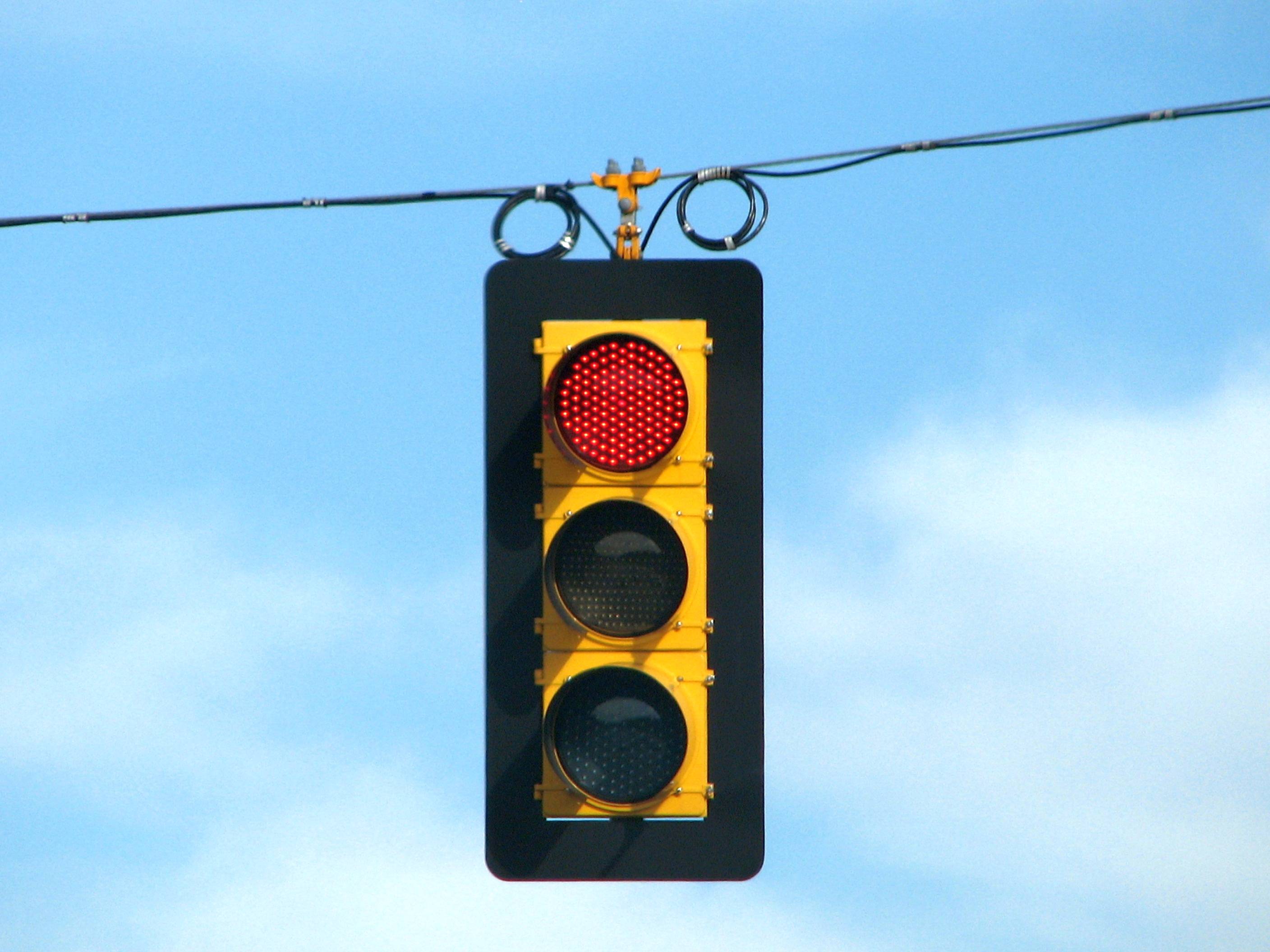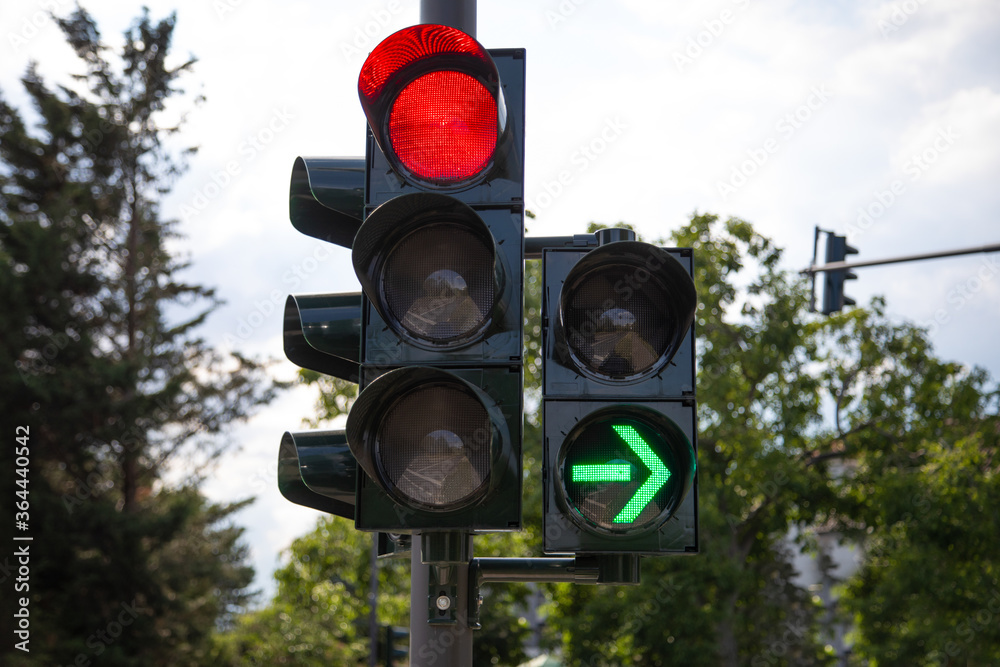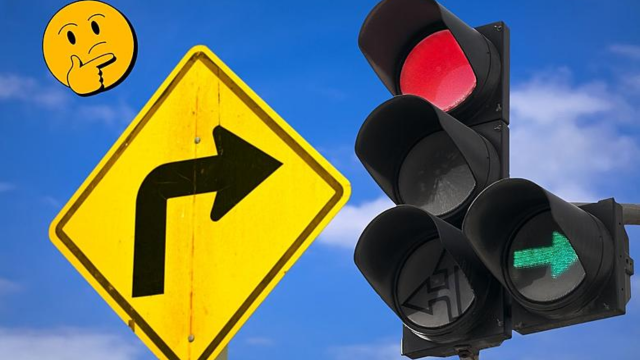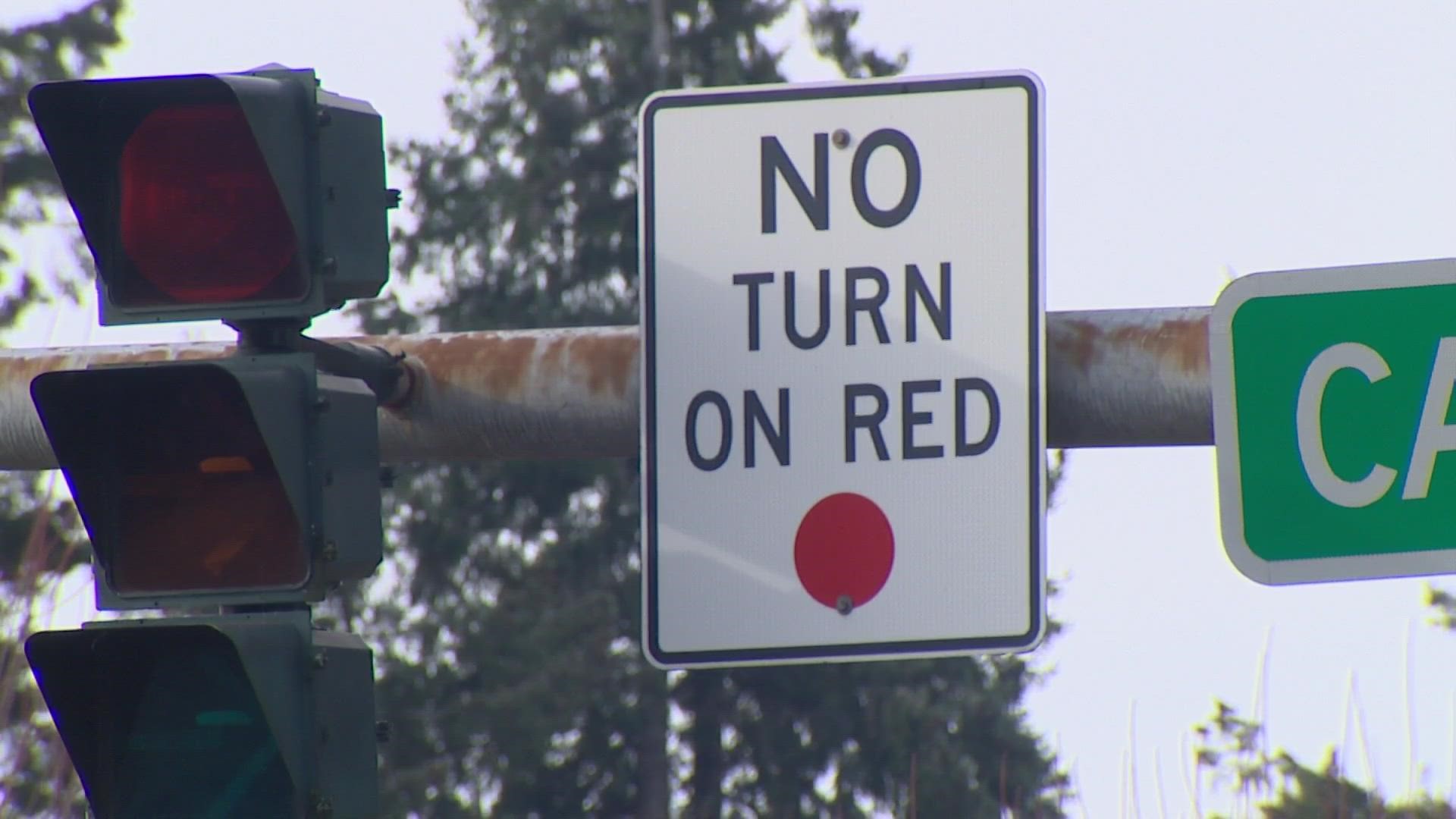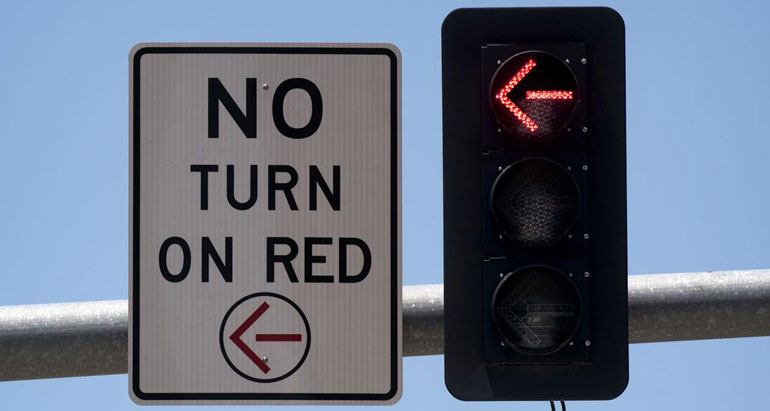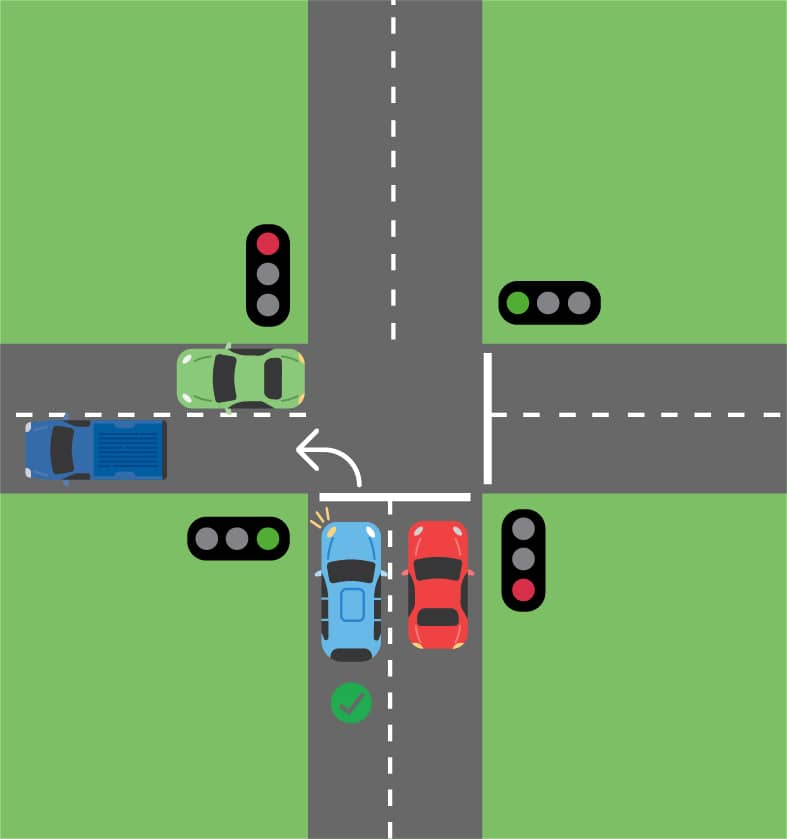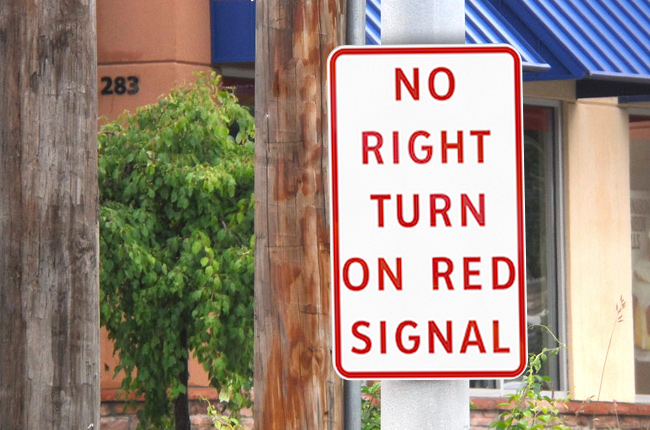You May Legally Turn Right On A Steady Red Light

The familiar sight of a driver patiently waiting at a red light, even when the cross-street is clear, might soon become a relic of the past. A growing chorus of voices, including traffic engineers and safety advocates, are pushing for a nationwide standardization of right-on-red laws, arguing it's a matter of efficiency, safety, and environmental responsibility.
This isn't just about convenience; it's a debate with significant implications for traffic flow, pedestrian safety, and even air quality.
The core of this shift lies in the belief that permitting right turns on red lights under specific, standardized conditions can reduce congestion and fuel consumption, without necessarily compromising safety. But this is not a straightforward issue; it's a complex balancing act involving divergent opinions, safety concerns for pedestrians and cyclists, and potential legal ramifications. This article explores the potential national adoption of uniform right-on-red laws, the arguments for and against it, and what it might mean for drivers and pedestrians across the country.
The Current Patchwork of Laws
Currently, right-on-red laws vary across states. While most jurisdictions permit right turns on red unless explicitly prohibited by a sign, some impose stricter conditions. For example, certain cities or states might restrict right turns on red during specific hours or near schools.
This inconsistency can lead to confusion for drivers traveling across state lines, potentially resulting in unintentional violations or even accidents. A standardized national law would eliminate this ambiguity, creating a uniform set of rules for all drivers.
The National Committee on Uniform Traffic Laws and Ordinances (NCUTLO) has been a leading voice advocating for such standardization. Their model traffic code provides a framework for states to adopt a uniform approach to traffic laws, including right-on-red regulations. But, the question is whether this model should be more widely accepted at the federal level.
Arguments in Favor of National Standardization
Proponents of standardization argue that it can significantly improve traffic flow. Allowing right turns on red, when safe, reduces the number of vehicles idling at intersections, leading to less congestion and shorter commute times. Less idling time also translates into lower fuel consumption and reduced emissions.
According to a report by the American Transportation Research Institute (ATRI), even small reductions in idling time can have a substantial impact on fuel efficiency, particularly in urban areas with heavy traffic.
This ultimately contributes to improved air quality and a smaller carbon footprint.
Further, supporters emphasize that right turns on red, when executed properly, are not inherently dangerous. They point to studies suggesting that right-turn-on-red maneuvers do not significantly increase accident rates compared to other types of turns. However, this is contingent on drivers adhering to safety protocols and yielding to pedestrians and cross-traffic.
Concerns and Counterarguments
Despite the potential benefits, the idea of a national right-on-red law faces considerable opposition, primarily from pedestrian and bicycle safety advocates. They argue that right turns on red increase the risk of collisions between vehicles and vulnerable road users.
The Pedestrian and Bicycle Information Center (PBIC) has consistently raised concerns about the dangers of right-on-red, particularly for pedestrians who may be caught off guard by turning vehicles. Their data suggests that intersections where right-on-red is permitted tend to have higher rates of pedestrian-vehicle collisions.
Critics also question the effectiveness of right-on-red in reducing congestion, arguing that any benefits are minimal and outweighed by the increased safety risks. They suggest that other traffic management strategies, such as optimized signal timing and improved public transportation, are more effective and safer alternatives.
The Safety Debate: A Closer Look
The safety debate surrounding right-on-red is complex and nuanced. While some studies suggest that it doesn't significantly increase accident rates, others indicate a heightened risk for pedestrians and cyclists.
The key factor appears to be the context in which right turns on red are permitted. Intersections with high pedestrian traffic, poor visibility, or complex geometry may be particularly dangerous. Therefore, a standardized law would need to incorporate safeguards to address these specific concerns. For example, banning right-on-red at certain intersections or during peak pedestrian hours might be necessary.
Another crucial aspect is driver behavior. Ensuring that drivers yield to pedestrians and cross-traffic is essential to minimizing the risk of accidents. This requires effective driver education and enforcement of traffic laws.
Potential Legal Ramifications
A national right-on-red law could also have legal implications. If a standardized law is adopted, questions may arise regarding liability in the event of an accident. Would the federal government bear any responsibility for accidents caused by drivers turning right on red? How would liability be apportioned between the driver, the state, and the federal government?
These are complex legal questions that would need to be addressed before a national law is implemented. Clear guidelines regarding liability and responsibility would be essential to avoid confusion and ensure that victims of accidents are adequately compensated.
Furthermore, the implementation of a national law could also lead to legal challenges from states or cities that oppose it. These challenges could delay or even prevent the law from taking effect.
Looking Ahead
The debate over a national right-on-red law is likely to continue for some time. Proponents and opponents will need to engage in a constructive dialogue to address the concerns and find common ground. A comprehensive study of the potential impacts of a national law, including its effects on safety, traffic flow, and the environment, would be invaluable.
If a national law is ultimately adopted, it will be crucial to implement it carefully and gradually. Start with a pilot program in a few states or cities to assess its effectiveness and identify any unforeseen problems. Continuously monitor the law's impact and make adjustments as needed.
Ultimately, the goal should be to create a system that is both efficient and safe for all road users. The conversation is a matter of saving time, gas, and potentially lives and requires careful consideration and open discussion to navigate.


